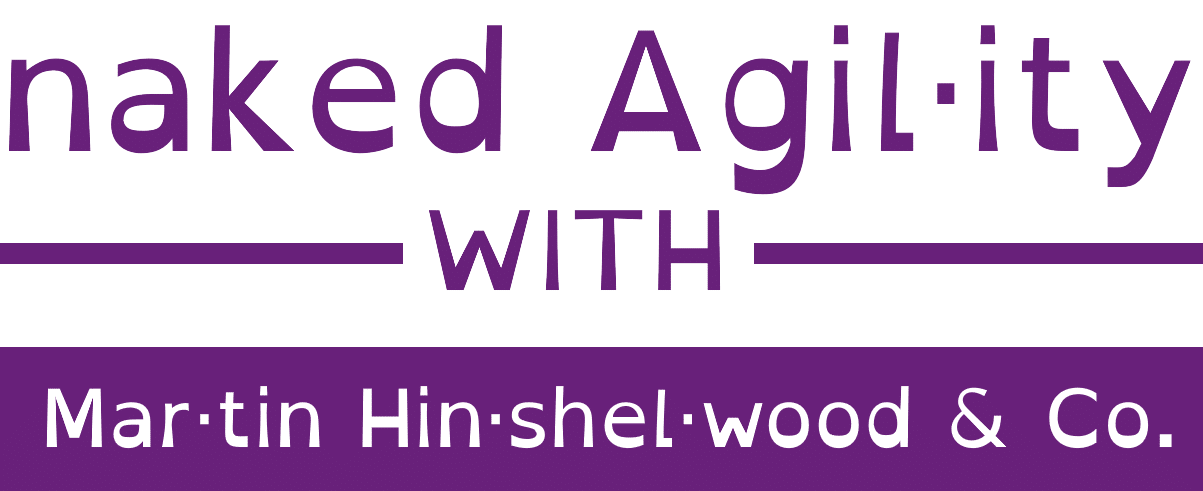When developing a product, it’s natural to focus on delivering value as efficiently as possible. But have you ever wondered what additional value you could be achieving but haven’t yet? How do you uncover those hidden opportunities to take your product to the next level? That’s where Evidence-Based Management (EBM) comes into play.
In this post, we’ll explore how EBM can help you find unrealized value in your product, using key metrics and practical approaches to help you improve and deliver even more value to your customers.
What Is Unrealized Value?
Before diving into how to find unrealized value, let’s clarify what it means. Unrealized value refers to the potential value your product could offer but hasn’t yet. It’s the gap between where your product is now and where it could be, based on customer needs, market trends, or business opportunities.
EBM includes a Key Value Area called Unrealized Value that helps you identify and measure these gaps, enabling you to refine your product backlog and prioritize future development efforts.
Identifying the Gaps: Metrics to Consider
Now that you understand the concept, how do you actually find those gaps? EBM provides a framework for measuring unrealized value using a range of metrics. Here are some common metrics to help you get started:
1. Experience or Satisfaction Gap
- 📊 Customer Feedback: How satisfied are your customers with the product? Are there areas where they express dissatisfaction or where their expectations aren’t being met?
- 🤔 Surveys & NPS (Net Promoter Score): These tools can provide valuable insights into how your product is perceived versus how it could perform in terms of customer satisfaction.
2. Market Share
- 📈 Competitive Analysis: What percentage of the market do you currently hold? Where do your competitors outperform you, and what features or functionalities might they offer that you don’t?
- 🔍 Trends and Opportunities: Are there emerging market trends or customer needs that you haven’t addressed yet?
3. Other Metrics
- 🛠 Customer Churn Rate: How many customers are you losing, and why? Understanding the reasons behind customer churn can help you identify areas for improvement.
- 💡 Innovation Metrics: How innovative is your product compared to others in the market? Are you consistently releasing features that push the boundaries, or are you sticking with the status quo?
These metrics can provide a concrete, data-driven understanding of the value your product is missing out on. Once you identify those gaps, the next step is to turn them into actionable insights.
Turning Insights into Action: Your Product Backlog
The purpose of uncovering unrealized value isn’t just to admire the potential—it’s to act on it! This is where your product backlog comes in. The gaps you identify through EBM metrics should guide your future product development efforts.
Building Your Backlog Based on Unrealized Value
- Prioritize Identified Gaps
- 📋 Start by adding new features or improvements that address the most significant gaps to your backlog.
- 🧠 Think about what would deliver the most value to your customers and business. Could improving the user experience for a particular feature lead to higher satisfaction? Would developing a new product feature open up new market opportunities?
- Involve Stakeholders
- 👥 Engage with your stakeholders, including customers, product owners, and business leaders, to get their input on which areas should be prioritized.
- ✨ Their insights can help you balance short-term needs with long-term growth potential.
- Focus on Continuous Improvement
- 🚀 Embrace the Agile principle of continuous improvement. Keep reviewing your backlog, re-prioritizing tasks, and incorporating new metrics as they become available.
- 🔄 As you develop your product, new opportunities for unrealized value will emerge. Stay adaptable and ready to seize these chances.
Real-World Example: A Case Study in Discovering Unrealized Value
Let me share a real-world example from my own experience as a Scrum Trainer and Product Owner. In one of the teams I worked with, we noticed that despite solid user numbers and positive feedback, there was still room for improvement in user satisfaction. We were missing opportunities to enhance the product’s value.
Step 1: Applying EBM Metrics
We started by using customer satisfaction surveys and user experience feedback to measure where we were falling short. By diving into the data, we found that while our product had all the core features users wanted, it lacked polish in areas like usability and convenience.
Step 2: Addressing the Gaps
With this insight, we prioritized improving the user interface and streamlining the most frequently used features. These tasks were added to our backlog and quickly moved to the top of our priority list.
Step 3: Realizing the Value
Within a few sprints, we noticed a sharp improvement in our Net Promoter Score (NPS) and user feedback. Our customers reported a much better experience using the product, and our churn rate dropped by 15%. By focusing on the areas of unrealized value, we were able to turn a good product into a great one.
Final Thoughts: Continuously Striving for More Value
Unrealized value is a reminder that there’s always room for improvement, no matter how successful your product may seem. By using EBM and focusing on key metrics like customer satisfaction, market share, and innovation, you can discover hidden opportunities to grow your product and delight your users even more.
📝 Key Takeaways:
- Use metrics like customer satisfaction and market share to find unrealized value.
- Add insights to your product backlog and prioritize improvements that deliver the most value.
- Keep reviewing and improving your product based on ongoing feedback and data.
🚀 Pro Tip: Always engage your stakeholders and team members in this process. Their input can provide new perspectives and help you make better decisions. By staying focused on delivering more value and embracing continuous improvement, you’ll position your product to achieve its full potential.
